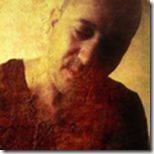 Eitan Shavit captures everyday life in subtle muted tones. Each image looks as though it were resurrected from an old photo album rather than snapped in the 21st century. Below is my interview with this talented mobile photographer.
Eitan Shavit captures everyday life in subtle muted tones. Each image looks as though it were resurrected from an old photo album rather than snapped in the 21st century. Below is my interview with this talented mobile photographer.
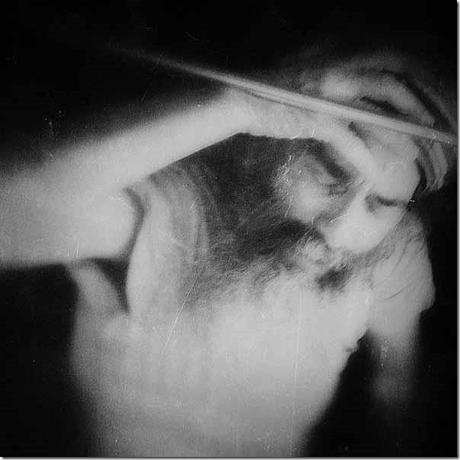
Pain (above)
Geri: What is your name and where do you live?
Eitan: I’m Eitan Shavit, from Tel-Aviv, Israel.
Geri: How did you get started with mobile photography?
Eitan: Before joining Instagram towards the end of 2011, I just used the app to capture photos on my 1st generation iPhone, apply some filters and upload them later to my Facebook account. iPhone one’s camera was simply horrible, so I was quite disappointed with the results and thought it wasn’t going anywhere. When Facebook purchased Instagram, the buzz reached me, and only at that time I realized it had a real strong social network feature, and dived right back in.
Last year I've watched an amazing video course Koci Hernandez made for Lynda.com about iPhoneography. I remember watching it and kept thinking to myself: Hey, this is exactly how I do it! I was an iPhoneographer before even knowing what it was!
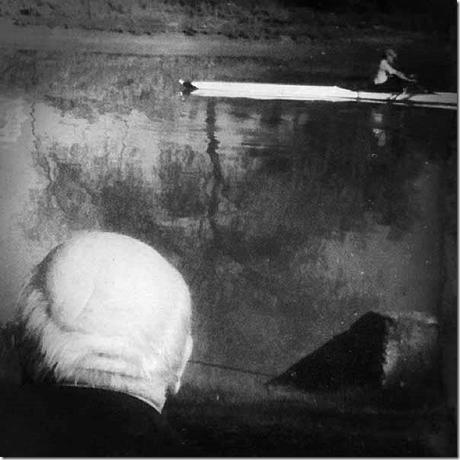
The man who knew too much (above)
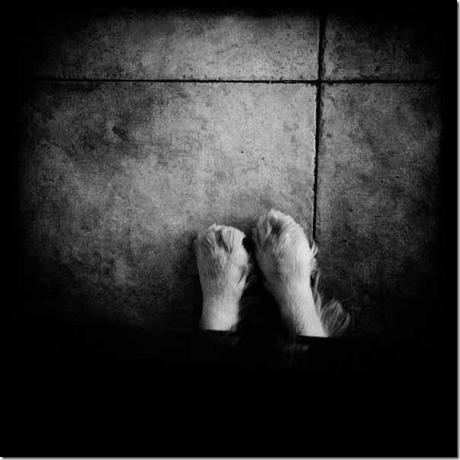
Cashew (above)
Geri: What device do you use?
Eitan: Currently using iPhone 3GS with IOS 6.1, but will be upgrading really soon.
Geri: Do you have a traditional photography or art background?
Eitan: I studied photography for two years in art school, but never completed the whole course of studies, as I felt it wasn’t contributing to my knowledge the way I thought it would.
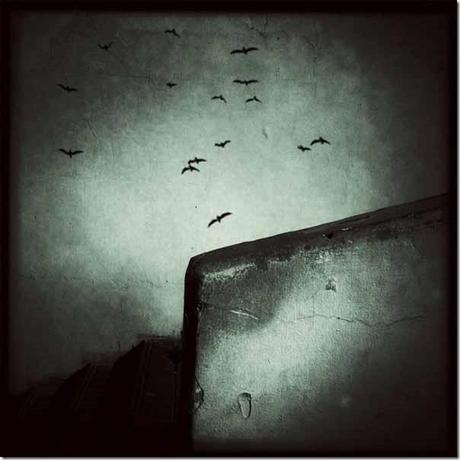
Dark Entries (above)

Self Portrait (above)
Geri: Who or what inspires your work?
Eitan: I think my main inspiration is the Cinema. I had quite a vast collection of movies on VHS tapes, with lots of Black and White movies (mainly foreign): Bergman, Bunuel, Fellini, Kieslowski and others, but also stylistic directors like Emir Kustarica, Peter Greenaway, David Lynch and others, in color. I’ve observed and absorbed camera movements, camera angles, use of light and shadows, not to mention the great stories, acting and directing that came as a bonus.
And there’s of course the endless stream of images I’ve studied and now on Instagram that opened my mind and eyes to new, exciting things. Instagram is full of inspiration and the creativity and imagination of the users is overwhelming.
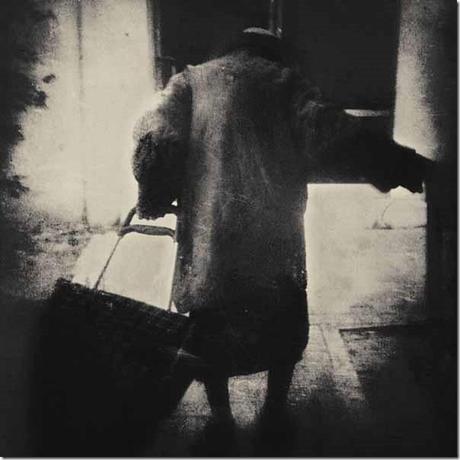
In the Neighborhood (above)
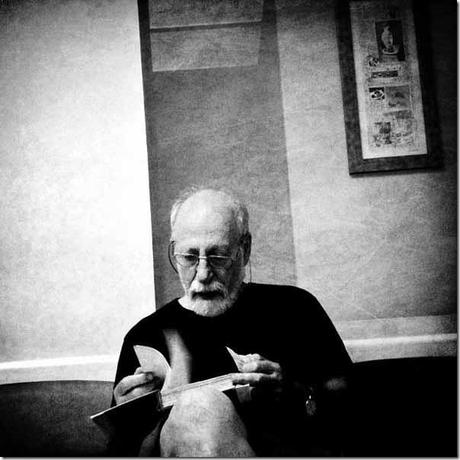
The art of leafing (above)
Geri: Your work is mainly in black and white. Do you shoot in black and white with an app like Hueless or do you make the conversion afterwards?
Eitan: At first all my photos were in color, and every now and then I would use Snapseed to convert some to B&W. After seeing the works of Koci Hernandez and Elif Suyabatmaz with Hipstamatic, I’ve decided to have a go with it, although it always has intimidated me. My first Hipstamatic session was at one of the beaches of the Dead Sea. I was so impressed with the results, that since then I cannot use any other app for taking pictures (with some exceptions for color photos and then I use my favorite camera app 6X6).
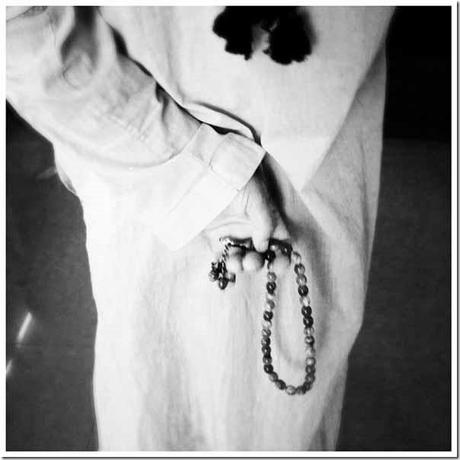
Misbaha is a string of prayer bids which is traditionally used by Muslims to keep track of counting in tasbih – source Wikipedia (above)
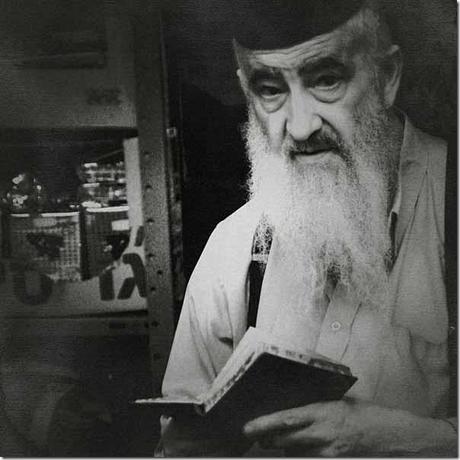
Prayers (above)
Geri: Is there a story behind your image The Blind Piano Player – it is very powerful!
Eitan: In 2012, major cities around the world held a festival called “Play Me, I’m Yours”, where lots of pianos were placed in public parks, bus shelters and train stations, outside galleries and markets etc. The pianos were made available for any member of the public to play and enjoy. One of those pianos was at the park near my house, and I had the opportunity to pass by when the woman in the picture was playing. I took a few photos from different angles, and didn’t notice she was blind, as her eyes were closed during the whole performance. Only when she left, I realized she was blind, and that made the whole event even more special.
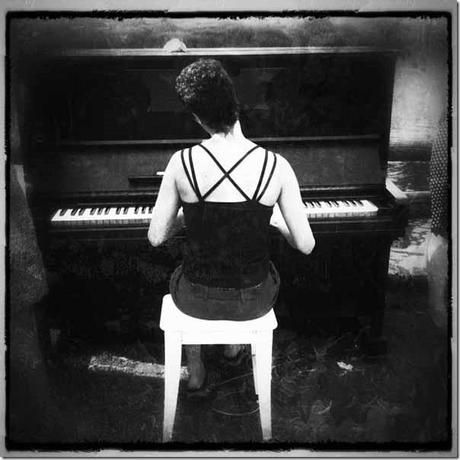
The blind piano player (above)
Geri: What are your favorite apps for editing your images?
Eitan: Snapseed, PicBoost, ColorMania, Alt Photo, Camera Awesome, Laminar, AfterFocus.
Geri: Do you do all your editing on your phone, or do you prefer a tablet?
Eitan: I’m editing only on the iPhone, but now that my wife has an iPad, I’m planning a takeover!
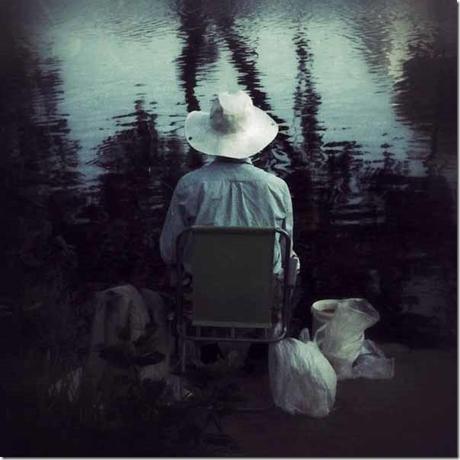
The Fisherman (above)
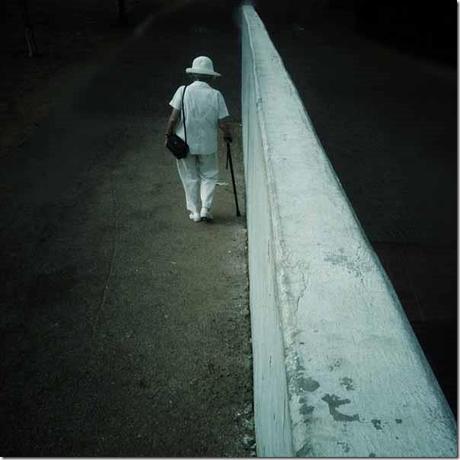
The Thin White Line (above)
Geri: Please share a little bit about your editing process.
Eitan: Every single photo is edited differently, that’s why I don’t ever remember how the process went. Luckily I save all the edited images, so I can figure out the process by the way the photos are sorted. It usually starts with Snapseed and then it goes to one or more of the apps mentioned above. If I’m not happy with an edit, I will try another one and another one until I’m satisfied, and then I’ll compare all the edits and choose the best one. It’s now obvious, from my experience, that when I’m not satisfied with a photo uploaded to Instagram or EyeEm, it will be my most popular one.
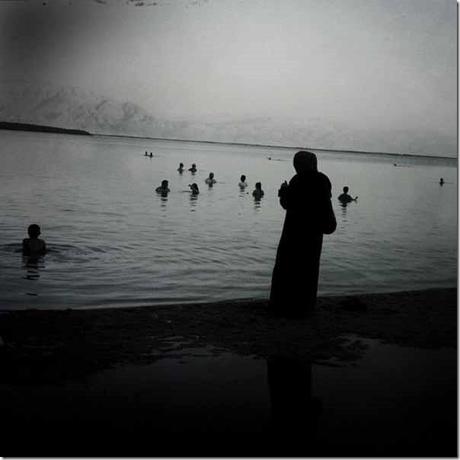
Spots on the bottom of the earth (above)

Turned to Stone (above)
Geri: Have you ever exhibited your work? If not, any plans to do so?
Eitan: I’ve had some photos exhibited locally and not long ago at the Format Festival 2013 in Derby, UK, but not a full exhibition. I’m planning a joint exhibition with my wife. She’s a poet and lyricist, and we’re planning an exhibition of her poems side by side with my photographs.
Geri: Is there anything else you'd like to add?
Eitan: I’m a constant observer. My eyes are my camera, and now the iPhone is the film that allows me to capture what I see. This is so futuristic when you realize the iPhone only exists for 5 years and Instagram just over two years! Thank You Geri for being so supportive and for your endless contribution to the iPhoneography community!
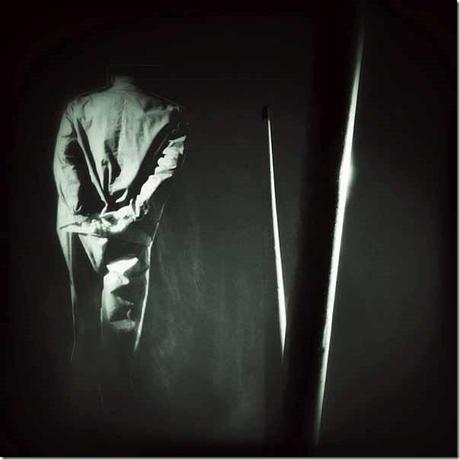
The Great Gig in the Sky Part II (above)
Find Eitan: EyeEm / Instagram / Facebook / Flickr / About Me
All images in this feature are copyrighted property of Eitan Shavit published on iART CHRONiCLES with the consent of the artist.

